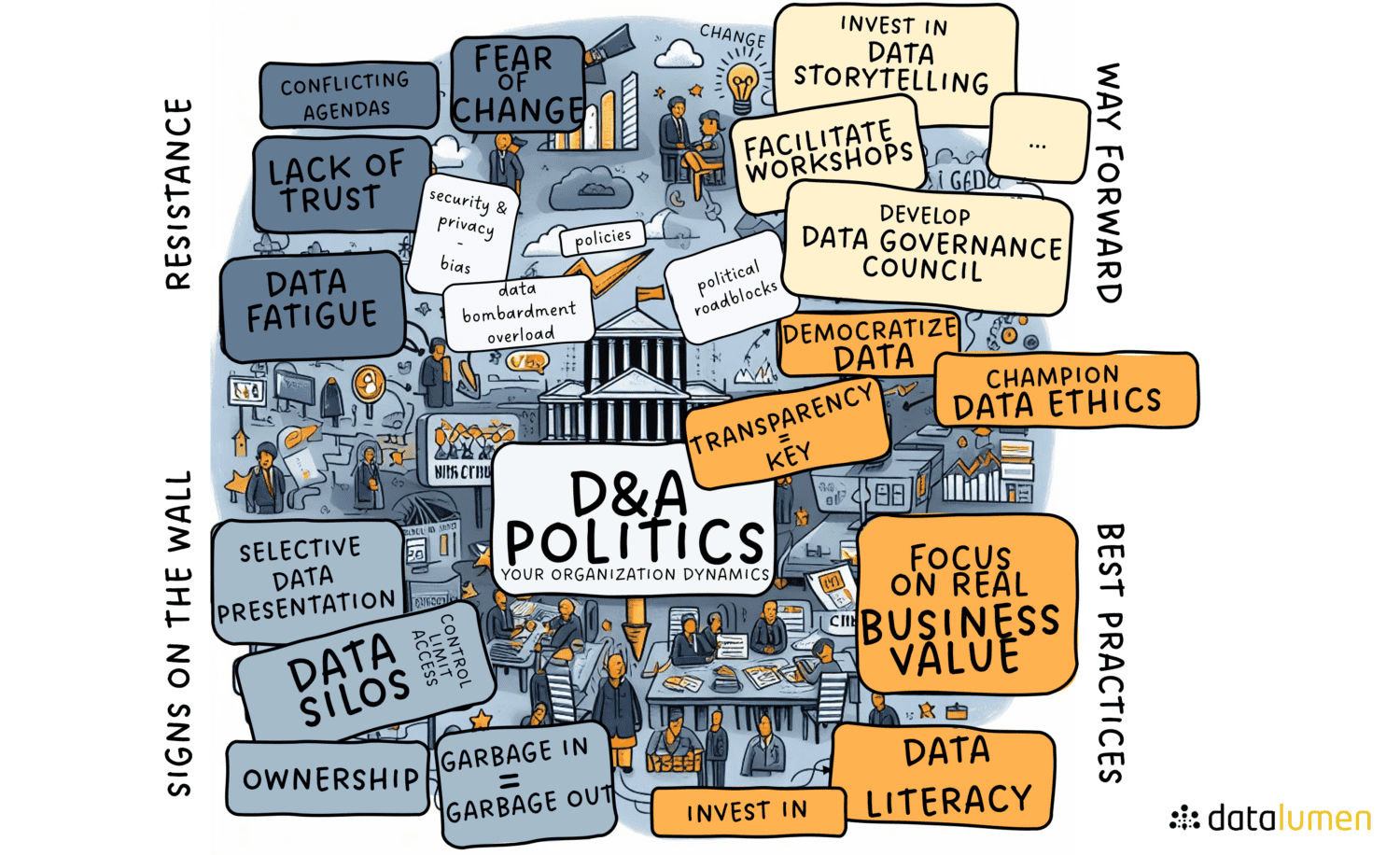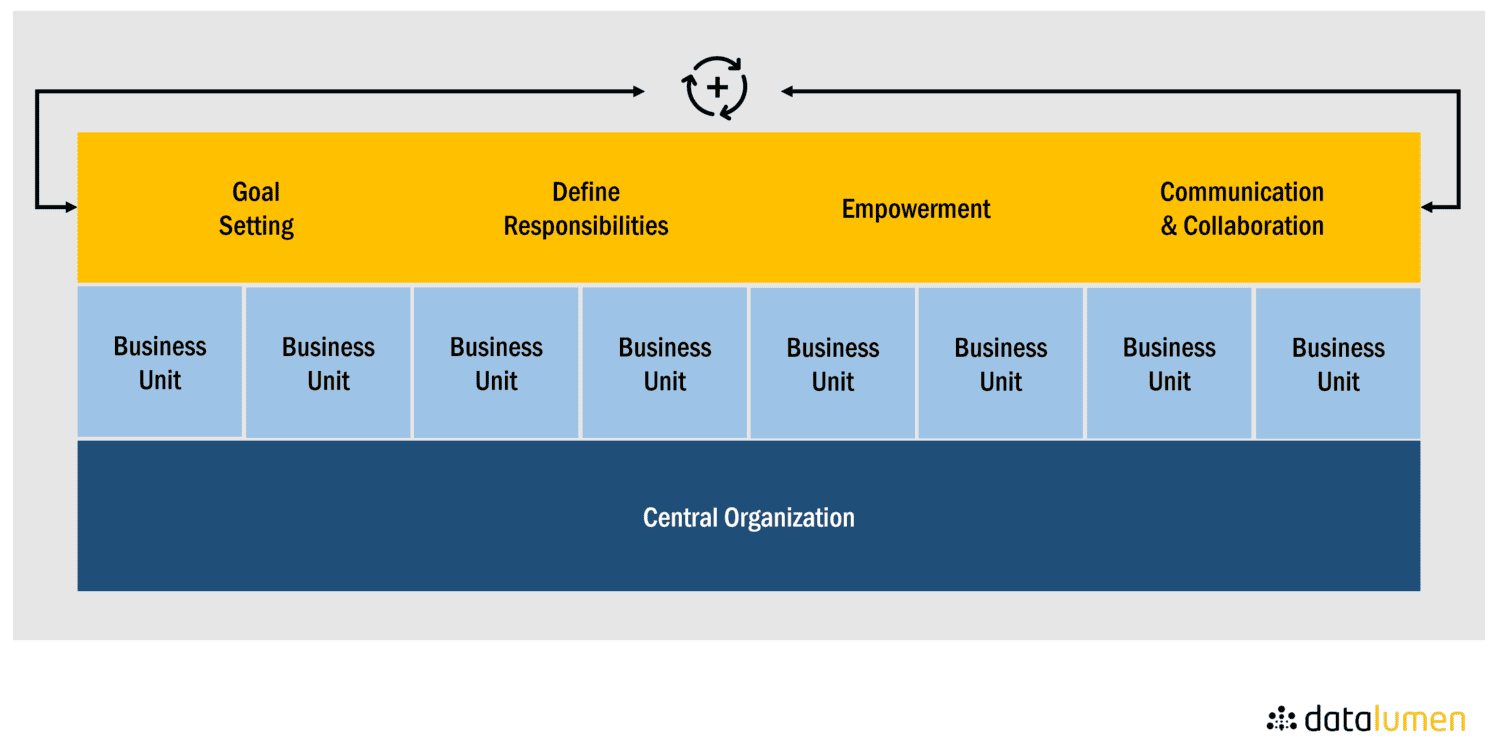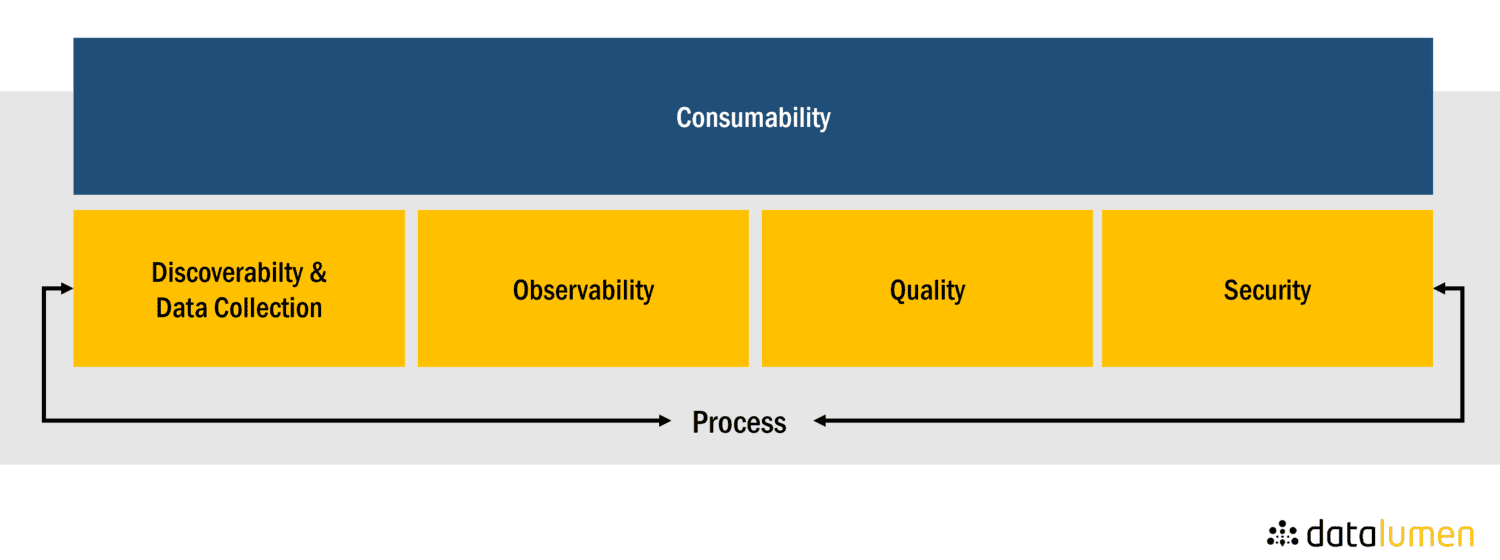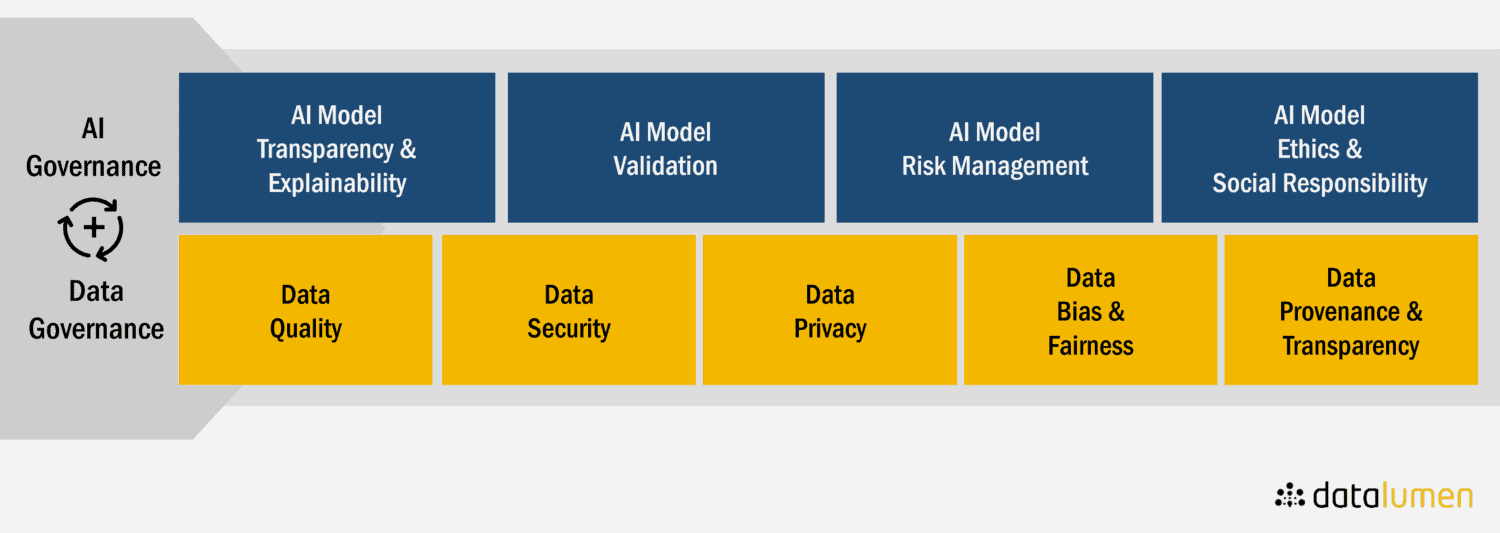ESSENTIAL READS FOR DATA GOVERNANCE PROFESSIONALS
“The Chief Data Officer Handbook for Data Governance” by Sunil Soares
In recent years, the Chief Data Officer (CDO) role has become increasingly crucial in data-driven organizations. However, CDOs often lack a clear roadmap for success. Sunil Soares addresses this gap with his comprehensive guide, “The Chief Data Officer Handbook for Data Governance” (ISBN: 9781583474174).
This practical handbook offers CDOs valuable insights on:
- Managing data effectively
- Leading data governance teams
- Maximizing the value and usability of organizational data
For CDOs looking to enhance their impact and contribute significant value to their companies, this book serves as an indispensable resource.
“Data Governance: How to Design, Deploy, and Sustain an Effective Data Governance Program” by John Ladley
Despite being published in 2012, John Ladley’s “Data Governance: How to Design, Deploy, and Sustain an Effective Data Governance Program” (ISBN: 9780128158319) remains a cornerstone text for those new to data governance.
Ladley, a veteran thought leader in Enterprise Information Management, provides:
- A comprehensive overview of the data governance lifecycle
- Step-by-step guidance for implementing data governance programs
- Real-world case studies
- Detailed data governance frameworks
This book is particularly useful for managers seeking a practical approach to establishing data governance within their organizations.
“Data Governance: The Definitive Guide” by Evren Eryurek, Uri Gilad, et al.
As companies increasingly migrate data to the cloud, a holistic approach to data governance becomes essential. “Data Governance: The Definitive Guide: People, Processes, and Tools to Operationalize Data Trustworthiness” (ISBN: 9781492063490) by Evren Eryurek, Uri Gilad, Valliappa Lakshmanan, Anita Kibunguchy, and Jessi Ashdown offers a comprehensive look at maintaining data integrity in the modern landscape.
This guide covers a wide range of topics crucial for ensuring data trustworthiness:
- Data governance strategies
- Benefits and challenges of cloud migration
- Techniques for improving data quality
- Data protection measures
- Methods for data democratization
By addressing the people, processes, and tools involved in data governance, this book equips readers with the knowledge to navigate the complexities of modern data management.





